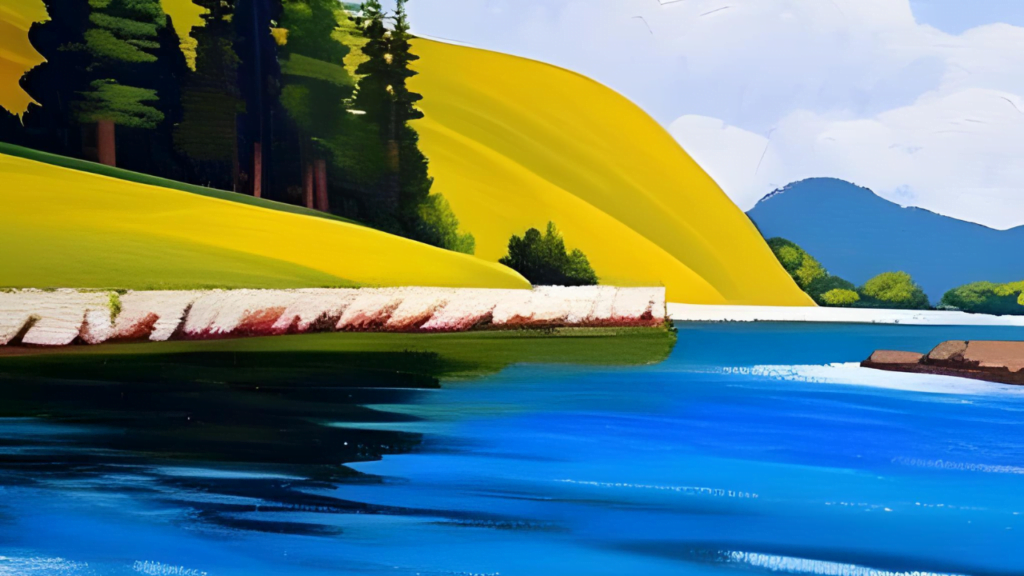
Painting Stunning Landscapes with Acrylics: A Step-by-Step Guide on How To Paint Landscape With Acrylic
Learn how to paint breathtaking landscapes with acrylics. Follow our expert guide for beginners with clear steps, tips, and personal insights. Create mesmerizing scenes that capture the beauty of nature.
Acrylic Landscape Painting
Acrylic paint’s fast-drying nature and vibrant colors make it an excellent choice for capturing the essence of landscapes. With some guidance and practice on How To Paint Landscape With Acrylic, you can create picturesque scenes that evoke emotions and showcase nature’s beauty.
Materials You’ll Need
To embark on your acrylic landscape painting journey, gather the following materials:
- Acrylic paints in a range of colors
- Canvas or acrylic paper
- Brushes of various sizes and shapes
- The palette for mixing colors
- Easel (optional)
- Water and paper towels for cleaning brushes
Preparing Your Workspace
Set up your workspace in a well-lit area with proper ventilation. Lay down a plastic sheet or old cloth to protect surfaces from paint splatters. Arrange your materials for easy access.
Choosing a Captivating Landscape
Select a reference photo that inspires you—a serene mountain range, a tranquil beach, or a lush forest. Analyze the composition, colors, and focal points in the photo.
Creating a Strong Composition
Plan your composition using the rule of thirds. Divide your canvas into a 3×3 grid and position key elements along the gridlines or intersections. This creates a visually pleasing and balanced composition.
Layering Techniques for Depth
Acrylics allow you to layer colors to achieve depth. Start with a rough sketch of your landscape, then apply broad layers of paint for the background, midground, and foreground. Blend the edges to create seamless transitions.
Capturing Skies and Atmosphere
The sky sets the mood of your landscape. Apply light washes of paint for the sky, gradually intensifying the color towards the horizon. Use dry-brushing techniques to create realistic cloud formations.
Adding Focal Points of Interest
Introduce focal points like a majestic tree, a winding path, or a tranquil pond. These points draw the viewer’s eye into the painting and give it a sense of depth.
Enhancing Realism with Details
Add finer details to your landscape, such as intricate tree bark, reflective water surfaces, or textured rocks. Use thin brushes and a steady hand to bring these elements to life.
FAQs About Acrylic Landscape Painting
- Acrylics can be used on various surfaces, but primed canvas or acrylic paper are popular landscape choices.
- Achieve water reflections by painting them with slightly darker, distorted shapes, mimicking the scene’s elements.
- Paint clouds by using soft, circular brush strokes and layering translucent colors.
- Create distance by using cooler and lighter colors for distant elements, reducing their detail level.
- Mix natural greens by combining blues, yellows, and a touch of red for realistic foliage.
- Add texture to rocks and trees by layering paint with varying brush pressure, creating highlights and shadows.
Conclusion
Acrylic landscape painting is an exciting journey of self-expression and creativity. By following the steps and incorporating the tips shared in this guide, you can create captivating landscapes that reflect the beauty of the world around you.
Please get in touch with us for a quote on your next project. Send us a message at fifetrades@gmail.com or visit our Contact Us page: Contact Us. Learn more about us and our services: About Us | Services.
